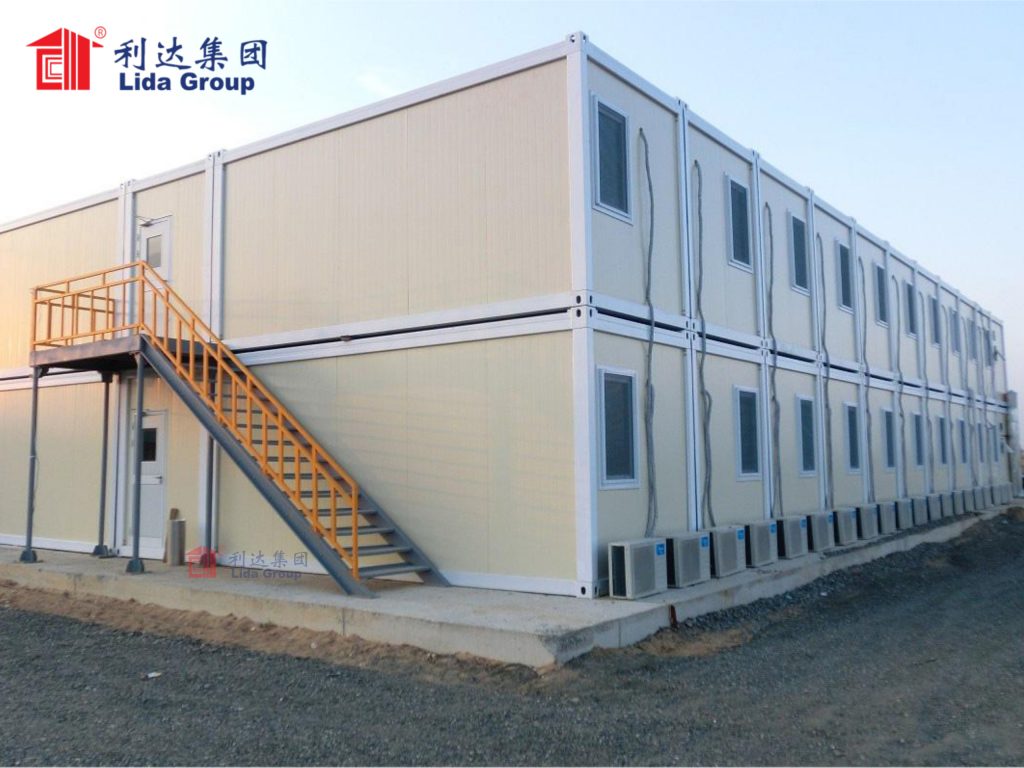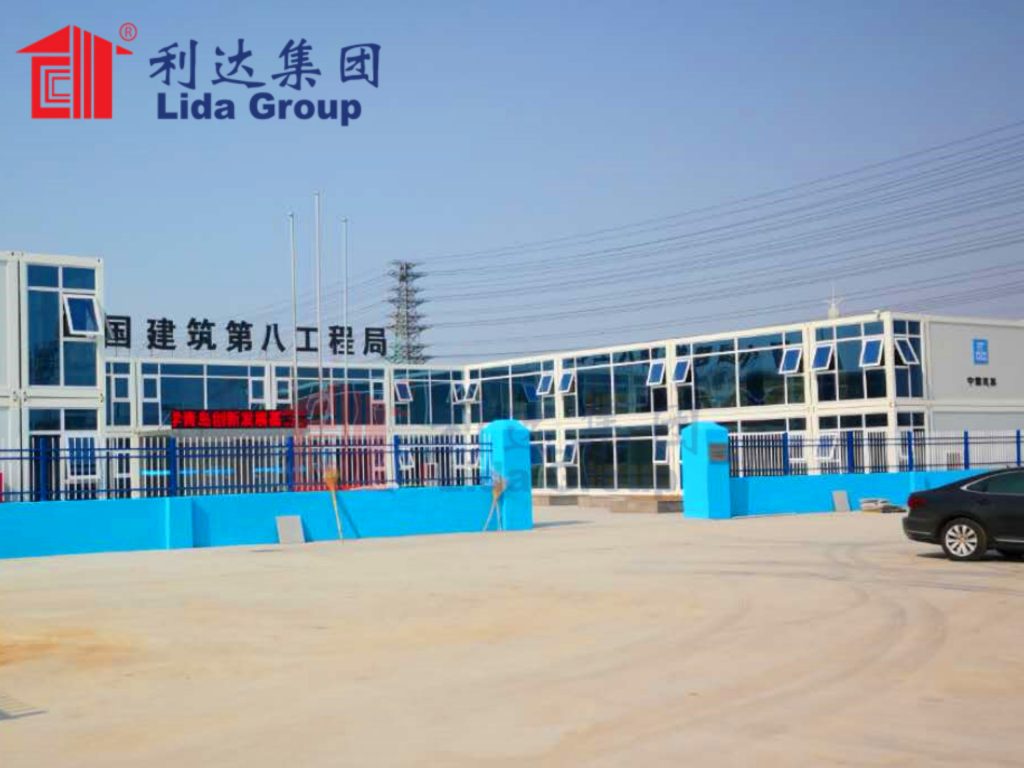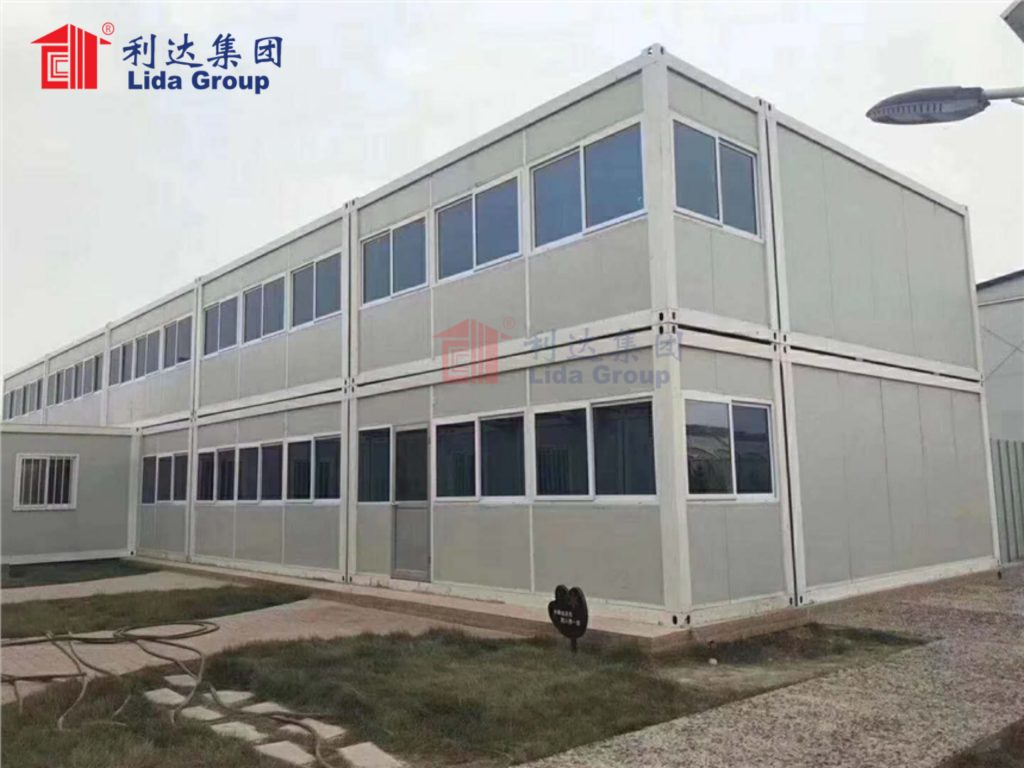Prefab Pastoral: How Shipping Containers Are Housing Nomadic Herders
Official Praises Lida Group’s Portable Building Solutions Crafted from Repurposed Cargo Boxes
In remote mountain valleys where yaks and goats graze ancestral grasslands, livelihoods depend on following seasonal cycles of vegetation yet face modern challenges to nomadic traditions. For Tibetan herding families, prolonged winter snows historically meant sheltering in black tents stitched from yak wool and bamboo. But changing weather patterns now bring unpredictable torrents and landslides threatening such make-shift dwellings.
To help stabilize vulnerable pastoral communities amidst this new normal, innovative housing solutions are needed—solutions portable enough to trail between pastures yet durable enough to weather relentless mountain storms. Fortunately, progress is being made through collaborative projects championed by Jampa, a regional official of Aru Prefecture in western Sichuan Province, China. During interviews at a demonstration village recently constructed with Lida Group, he praised their movable prefabricated structures crafted from repurposed shipping containers as viable options empowering nomadic herders with stability through any conditions.
The remote village lies nestled within Aru’s rolling alpine prairies, home to over 5,000 yak herders of Tibetan ethnicity. But increasing climate extremes now endanger their traditional black tent homes according to Jampa, having overseen relief efforts after deadly landslides. “Winters bring more unpredictable snow and rising winds threaten collapse,” he says through an interpreter while overlooking traditional woven tents dotted across emerald hillsides. “Nomadic families need shelters sturdier than felt yet mobile enough between pastures.”

Fortunately, solutions emerged from Jampa connecting with Lida Group—a leader in portable prefabricated housing assembled rapidly from standardized shipping container modules. He invited their multi-disciplinary experts to collaborate custom-designing prototypes accommodating both nomadic traditions and mountain resilience. The result is a multi-unit demonstration village erected as a showcase marrying modern engineering with indigenous architecture.
Crafted from repurposed 40-foot steel shipping containers, the prefabricated units feature expansive sloped roofs resembling traditional chortens—Buddhist shrines symbolizing strength through adversity.Yet modular walls, doors and windows were expertly cut by Lida Group adding light, ventilation and outdoor living areas embracing panoramic vistas—elements absent in tent homes. Roof joists were strengthened and foundations anchored to bedrock resisting landslides while interiors welcome families with furnished bedrooms and living kitchens.
Crucially, the village was master-planned by architects with seasonal mobility in mind. Homes connect to a central geothermal heating hub yet detach from foundations across temporary expanding joints. Their structural frames are reinforced for transport aboard specialized trailers between seasonal pastures—a concept foreign to stationary village life yet integral to nomadic herders. Meanwhile broader community needs were considered too through inclusion of shelters for livestock, workshops, classrooms and a medical clinic within the prototype development.

During a site tour, Jampa beams with pride at how the collaboration realized his vision. “These prefabricated homes embrace culture, honor traditions yet safeguard lives,” he remarks while herding families explore furnished interiors. “Their modular designs answer the call of seasonal migration through any elements—a practical stability eluding tent shelters.” Engineers from Lida Group also expressed satisfaction their expertise in portable prefabrication proved applicable beyond disasters or formal settlements.
Beyond structural resilience, social impacts are already evident according to village head Lhakpa, himself a lifelong yak herder. “Nomadic youth now see opportunity beyond the grasslands through training obtainable within these walls,” he motions through an open workshop bustling with enthusiasm. There youth interns are cultivating practical skills in technologies, management and public health applicable across diverse geographies through accredited programs established in collaboration between Lida Group, local technical schools and provincial authorities.
Such prospects of improved living conditions and 21st-century career pathways are reinvigorating long-threatened pastoral traditions according to Jampa and community elders—anchoring families amid accelerating change. Revival also emanates from revived cultural expressions like chorten iconography imbued into the development’s prefabricated aesthetic according to monastery leaders consulted during planning. Even logistical experts are working to streamline household relocation between seasonal camps aboard customized modular trailers—a solution transferring tent packing techniques into the modern industrial era.

Since occupying the demonstration village through seasonal cycles, Jampa reports herding families adapted quickly to the mobility and resilience offered—citing fewer losses to extreme weather. He proudly expressed draft plans already underway to replicate the model across the prefecture’s remote highland settlements through participatory habitat planning. Funding support is also growing from provincial authorities eager to showcase solutions empowering ethnic minority traditions through modular prefabrication driven by cultural input, reuse philosophies and dignified shelter design.
In conclusion, the site visit conveyed shipping containers mutating from global trade infrastructure into dignified habitats—portable yet stable shelters revitalizing remote communities through any conditions when coupled to grassroots collaboration. Whether traversing mountain meadows or weathering harsh blizzards, prefabricated architectural solutions like those pioneered here empower nomadic herders through mobility, cultural grounding and ecotechnical resilience against a changing climate. Due to flexible yet robust designs addressing diverse community goals, initiatives multiplying such culturally-informed modular construction worldwide promise empowering vulnerable populations with stability amid accelerating change on their own terms. By catalyzing revitalization from the roots up, tomorrow’s sustainable housing revolution may begin within unexpected nomadic villages of today.

Related news
-
Manufacturers partner with Lida Group to produce modular integrated building fittings compatible with their repurposed container construction modes for assembling dignified semi-permanent housing at optimized costs.
2024-08-01 14:24:57
-
Engineers evaluate Lida Group's innovative modular designs for rapidly assembling semi-permanent accommodation complexes from stackable repurposed shipping containers near large disaster zones lacking construction materials or skilled labor.
2024-07-31 15:05:05
-
Consultants recommend Lida Group's industrialized Prefabrication to restore permanent housing faster through ready installation of insulated composite structures in recovery zones lacking local construction capacity.
2024-07-30 10:02:23
contact us
- Tel: +86-532-88966982
- Whatsapp: +86-13793209022
- E-mail: sales@lidajituan.com


